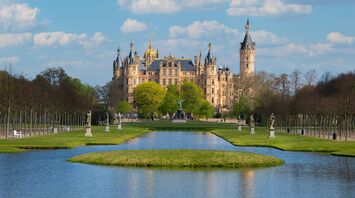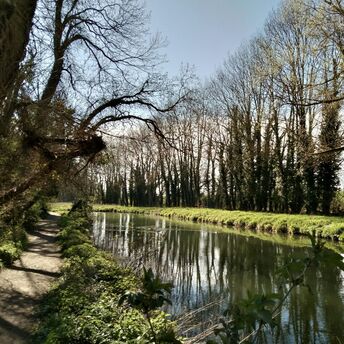New UNESCO World Heritage Sites in Europe for 2024: A Glimpse into the Continent's Rich History

The UNESCO World Heritage Committee has unveiled its list of new World Heritage sites for 2024, spotlighting Europe’s diverse and rich cultural and natural heritage. These newly designated sites offer travelers a unique opportunity to explore lesser-known destinations that hold significant historical, architectural, and ecological value. Here are the highlights of Europe's new UNESCO World Heritage sites for 2024.
The Great Spa Towns of Europe
Spanning across seven countries, the Great Spa Towns of Europe includes eleven spa towns renowned for their historical significance and therapeutic waters. These towns—located in Austria, Belgium, the Czech Republic, France, Germany, Italy, and the United Kingdom—played a pivotal role in the development of European spa culture from the early 18th century to the 1930s. Notable towns include Bath in the UK, Baden-Baden in Germany, and Karlovy Vary in the Czech Republic. Each town boasts grand architecture, landscaped gardens, and a rich history of health and leisure.
The Forests of Ancient Beech Trees
Located in several countries across Europe, the Forests of Ancient Beech Trees have been recognized for their outstanding ecological importance. These ancient forests, found in countries such as Germany, Slovakia, and Ukraine, are prime examples of undisturbed beech forest ecosystems that have existed since the last Ice Age. They provide critical habitats for numerous species and are key to studying the ecological processes of forest development.

The Colonies of Benevolence, Belgium and the Netherlands
The Colonies of Benevolence are a unique socio-historical landscape shared by Belgium and the Netherlands. Established in the early 19th century as agricultural colonies, these settlements were designed to alleviate urban poverty by providing work and sustenance in rural environments. The colonies reflect the social reform movements of the time and include well-preserved buildings, farmsteads, and infrastructure that illustrate the ambition and scope of these social experiments.
The Cultural Landscape of the Boka Bay, Montenegro
The Cultural Landscape of the Boka Bay in Montenegro is recognized for its natural beauty and historical significance. Nestled between steep mountains and the Adriatic Sea, this area is known for its stunning fjord-like landscape and rich maritime heritage. The site includes ancient fortifications, churches, and the historic town of Kotor, which exemplify the blending of natural and cultural elements over centuries.

The Water Management System of Augsburg, Germany
Augsburg’s Water Management System, developed over eight centuries, is a remarkable example of innovative urban planning and engineering. This system, which includes canals, water towers, and hydroelectric power plants, has been pivotal in the city’s development and continues to function today. It showcases the evolution of water management technologies and their impact on urban growth and sustainability.
The Viking Age Ring Fortresses, Denmark
The Viking Age Ring Fortresses in Denmark are a testament to the military and architectural prowess of the Vikings. These circular fortresses, built in the 10th century under King Harald Bluetooth, are strategically designed with precise geometry and engineering skills. The site includes well-preserved examples of these fortresses, offering insights into the Viking Age's social and military structures.



















